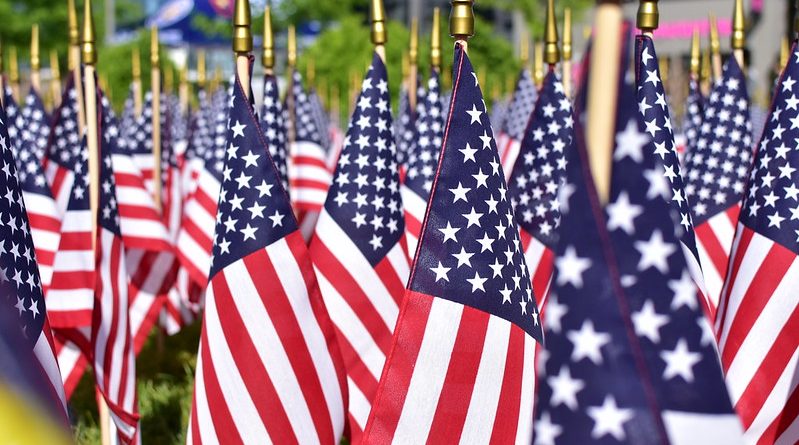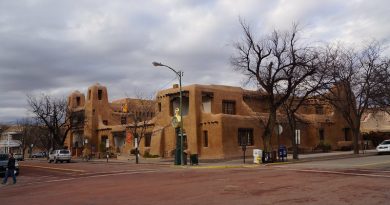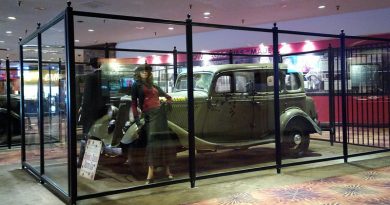The American Flag – The Story of the Star Spangled Banner
It’s arguable that TheNational Museum of American History is probably the best museum in the United States for summing up what it is to be American.
Far from being the staid place its title suggests, it’s actually a delightful cornucopia of artefacts that serve to illustrate wider issues such as the original whites-only lunch counter from the Woolworth’s in Greensboro, North Carolina that tells the story of the sit-ins that led to desegregation and the Vietnam Memorabilia collection that exhibits the mementoes left at the memorial over the years.
The highlight of the museum is the Star-Spangled Banner , the battered red-white-and-blue flag that inspired the writing of the national anthem and that survived the British bombing of Baltimore harbour during the War of 1812.
To reinforce his defiance of the British forces during the War of 1812, the commander of the American troops stationed at Baltimore harbour ordered that a large American flag be made and hoisted high above the fort over the harbour. The next day the British subjected them to heavy bombardment, witnessed by Francis Scott Key, a part-time poet who penned the lines of the poem that officially became the national anthem in 1931.
The flag is about 30 by 34 feet and weighs 150 pounds and features fifteen stars and fifteen stripes (eight red and seven white), representing the fifteen stripes in the Union at the time of the hostilities. In the early days of the republic, there was no fixed design for the flag due to constant arguments over the relative prominence given to existing or future states. Congress eventually decided upon 13 stripes (the number of original colonies) while adding a new star every time a state joined the Union.
TheNational Museum of American History is located at 14th St NW and Constitution Ave, Washington DC . tel: 357-2700, www.americanhistory.si.edu, Admission free
Destination – Washington DC




